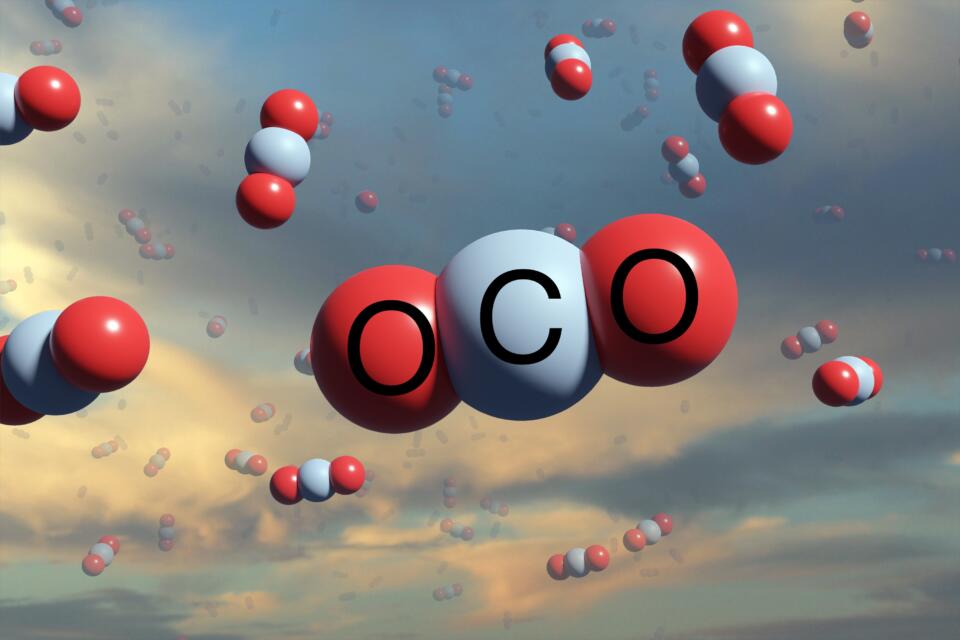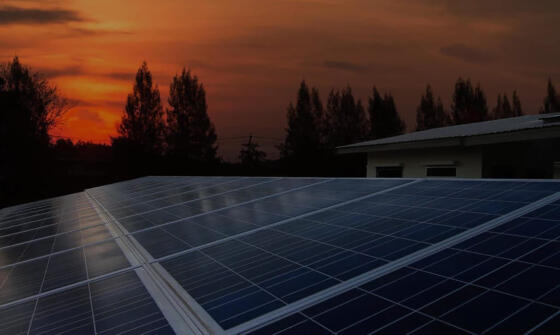
Sweet energy from CO2
Colonizing Mars – that’s something space enthusiasts dream about and scientists are working on. However, our neighbor in the solar system is an unhospitable place with an infinite barren desert in which nothing grows and no water flows and where nighttime temperatures drop to minus 85 degrees centigrade (minus 121 degrees Fahrenheit). Carbon dioxide, though, exists on Mars in abundance and could be used to enable viable settlement.
95 percent of the thin atmosphere surrounding the planet consists of nothing but CO2, contrasted by Earth’s 0.04 percent. Consequently, it’s more than obvious that future settlers would take advantage of this nearly inexhaustible resource using new technologies to produce essentials in Mars’ harsh environment – from plastics to fuel to foodstuffs and medicines. But is that a utopian idea or a realistic prospect?
According to NASA, the answer is: it’s realistic. In a competition called the CO2 Conversion Challenge, the U.S. National Aeronautics and Space Administration had invited the public to submit proposals of how the main component of the Martian atmosphere could be converted into energy-rich glucose (grape sugar). Just like plants on Earth do, that is by binding CO2 in order to transform it into oxygen and nutritious sugar by means of photosynthesis. Three research teams entered prototypes of systems and “tomorrow” presents the winner.

Sugar as an energy all-rounder
The three-step process proposed by Air Company’s New York based team combines carbon dioxide and hydrogen to produce alcohol. Removal of the hydrogen transforms the alcohol into formaldehyde, a colorless and strong-smelling chemical that’s typically used to produce construction materials and cleaning agents. In the third chemical reaction, using a novel catalyst developed by Air Company that, according to the company, easily fits in a Mars Rover, the mixture turns into sugar – a prime supplier of energy to any type of cell.
Sugar not only provides body cells with energy via the bloodstream but also serves as a technological basis for an alternative energy production method: a glucose fuel cell that, in a manner of speaking, is a biological sugar battery producing “sweet” electricity.
The principle of this microbial fuel cell features two electrodes: an anode and a cathode. A fuel – glucose – is oxidized on the anode, releasing electrons. On the other electrode, the electrons are transferred onto oxygen. The electric current is created by the electrons flowing from the anode, i.e., the glucose, to the cathode. Researchers at the Technical University of Virginia in the United States developed such a fuel cell with multiple capacity of lithium-ion batteries years ago.
Sugar is a real energy all-rounder, as other scientists such as those at the universities in Buffalo and Berkeley, who recently succeeded in powering automobiles with sugar, have discovered as well. The researchers used the latest methods from biology and chemistry to generate from glucose so-called olefins – a type of hydrocarbon that’s a component of gasoline. Moreover, scientists at the University of Wisconsin have developed a method that can be used to produce a key substance for the biological variant of the classic plastic material PET (polyethylene terephthalate) from fruit sugar.
36.3 billion metric tons (40 billion short tons) ...
... of energy-related CO2 equivalents were emitted in 2021 worldwide, according to the International Energy Agency (IEA) – more than ever before. According to the IEA, the statistics refer to emissions from energy combustion and industrial processes. Just in China, emissions last year amounted to 11.9 billion metric tons (13.1 short tons). At the moment, it’s hard to predict how much CO2 will be usable through carbon dioxide recycling in the future. The IEA estimates that the annual amount will be some 40 million metric tons (44 million short tons). The potential ranges between 100 million (110 million) to 15 billion metric tons (16 billion short tons), according to experts.
Circular carbon economy
Just like the carbon dioxide on Mars the CO2 on Earth can be put to sensible use. The term “Biological Carbon Capture and Usage (Bio CCU)” refers to binding harmful CO2 exhaust emissions before they enter the atmosphere and to recycle them into economically viable substances. At the end of such processes, carbon is made available again as a raw material as part of a circular economy system. This can create not only the basis for a Circular Carbon Economy (CCE) but also help protect the climate.
Other sensible uses of CO2
Once emissions have gotten into the atmosphere there are possible ways to capture the CO2 again. The most natural one is to use photosynthesis known from plants, which is truly an environmental classic. But technical solutions such as filtering out and subsequently storing or using CO2 (see examples in slider above) are possible and already in use as well.
Another example is the BECCS (Bioenergy with Carbon Capture and Storage) method that combines both ideas. Large quantities of corn and rapeseed absorb carbon dioxide in the air during their growth stage. The post-harvest thermal energy generated in the combustion process of the biomass can be used to produce electricity. The CO2 released in the combustion process is subsequently filtered out directly from the air and stored underground or used for other purposes.

The Swiss Federal Institute of Technology in Zurich (ETH) has developed an example of a filter that removes previously emitted CO2 from the atmosphere. The direct air capture technology can be imagined as a kind of oversized CO2 suction device. Climeworks, an ETH spinoff, recently raised 600 million Swiss francs for building new large-scale plants worldwide. Another ETH spinoff is working to achieve similar goals: using a solar reactor, Synhelion converts CO2 captured from the air into climate-neutral fuels.
"Avoiding greenhouse gas emissions should be given political priority over the subsequent removal of CO2“
Oliver Geden, one of the lead authors of the IPCC Report
However, the Intergovernmental Panel on Climate Change (IPCC) also warns against excessive focusing on CO2 removal from the air because it entails new risks. Especially the technological solutions are still too energy-intensive at the moment. That’s why Oliver Geden, one of the lead authors of the IPCC Report clearly says, “Avoiding greenhouse gas emissions should be given political priority over the subsequent removal of CO2.”





